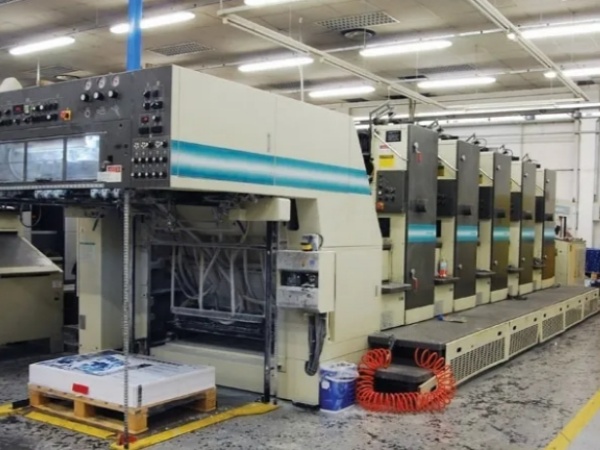How Offset Printing Works
Time:2025-05-29
Views:30
Understanding offset printing and its inner workings requires delving into its intricate process and identifying the key components that make it all possible. To answer the “what is offset printing” question, let’s analyze its process:
The Offset Printing Ballet: Offset printing, or offset lithography, relies on the curious fact that oil and water refuse to mingle. Here‘s a brief overview of the process:
• Plate Creation: The journey starts with crafting a plate, usually aluminum, where the image is etched using photosensitive chemicals. This plate embodies the soon-to-be-printed content.
• Inking Prowess: The plate gets its share of ink, but it selectively adheres only to the image areas, thanks to the plate‘s chemical wizardry.
• Blanket Tango: The inked image gracefully transitions from the plate to a rubber blanket. This intermediary dance ensures adaptability to various materials.
• Paper Impression Waltz: Finally, the image pirouettes onto the paper, yielding a top-tier print with precision and vibrant hues.
Essential Players in the Offset Symphony:
Diving deeper into the symphony, let‘s spotlight the key maestros that elevate offset printing:
• Printing Plates: The initial carriers of design, chemically treated to attract ink precisely where needed for immaculate prints.
• Blanket Cylinders: The rubber blankets are vital in transferring the inked image from the plate to the final printing surface. Their flexibility ensures a consistent and high-quality print on various materials.
• Ink Rollers: Masters of even ink distribution across plates, guaranteeing accurate image transference to the rubber blanket.
• Lithographic Limestone (or Aluminum Plates): Traditionally smoothing the print surface, lithographic limestone has given way to aluminum plates for modern efficiency and durability.







